
On a chilly Wednesday afternoon, some of the best wine makers in the world gathered at Wychwood Barns for the first time. 74 producers from more than a dozen countries showcased their organic, biodynamic, living wines for importers, buyers, restaurants and the public to sample and purchase. The collection of funky, juicy, unctuous, fruity and minerally wine was truly remarkable.
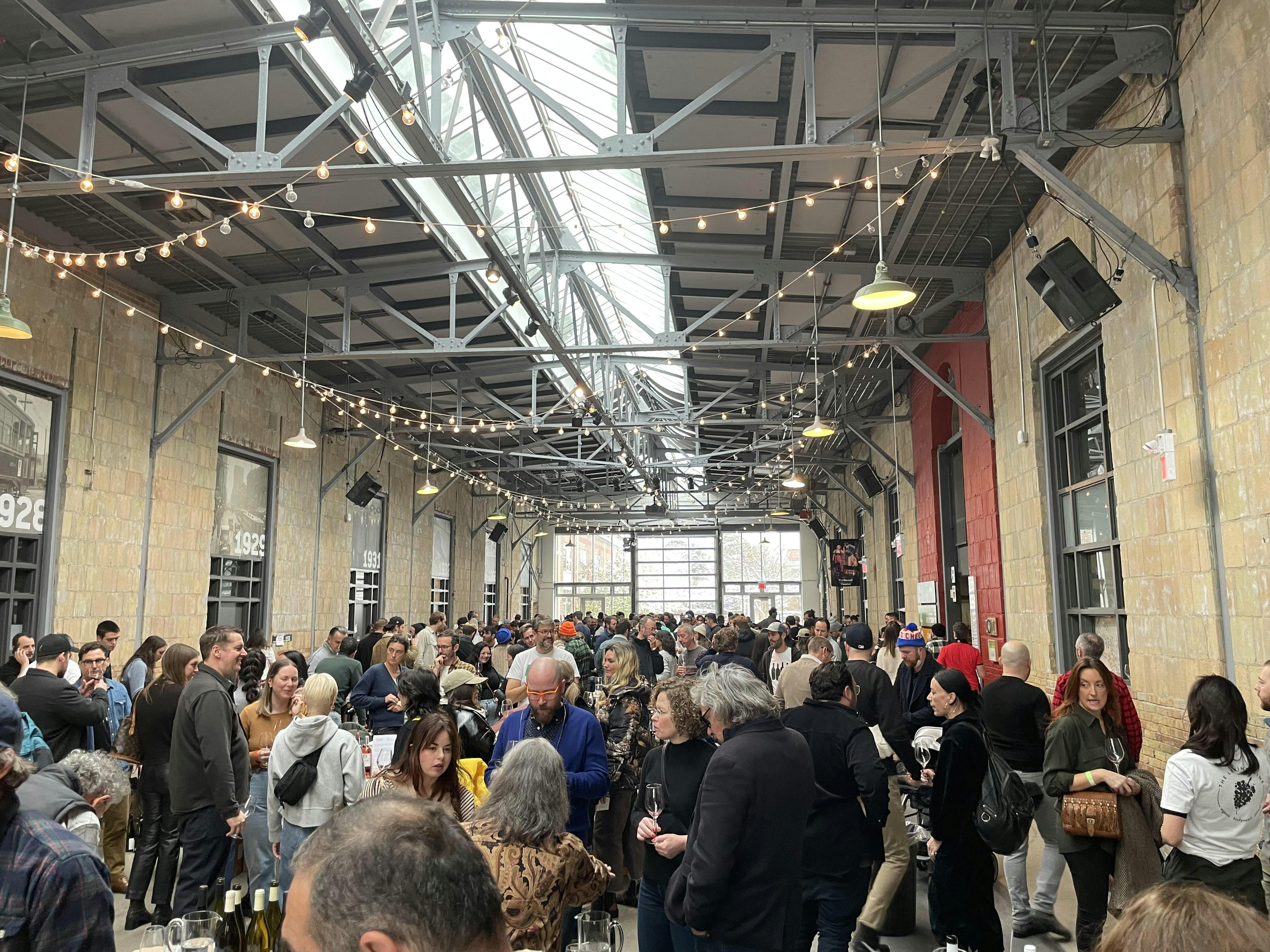
What is raw wine? Simply put, it is wine made with very few additives, if any at all. It is wine that is grown naturally without the use of heavy intervention, such as pesticides and cellared in a way that make these wines a living, breathing product. The organizers say transparency is key to the wine industry, because the more a consumer knows what is in their bottle or glass, the more informed a decision they can make. If you are going to spend a little more on a bottle of wine, it is important to know exactly how those grapes were grown, processed and stored and why.
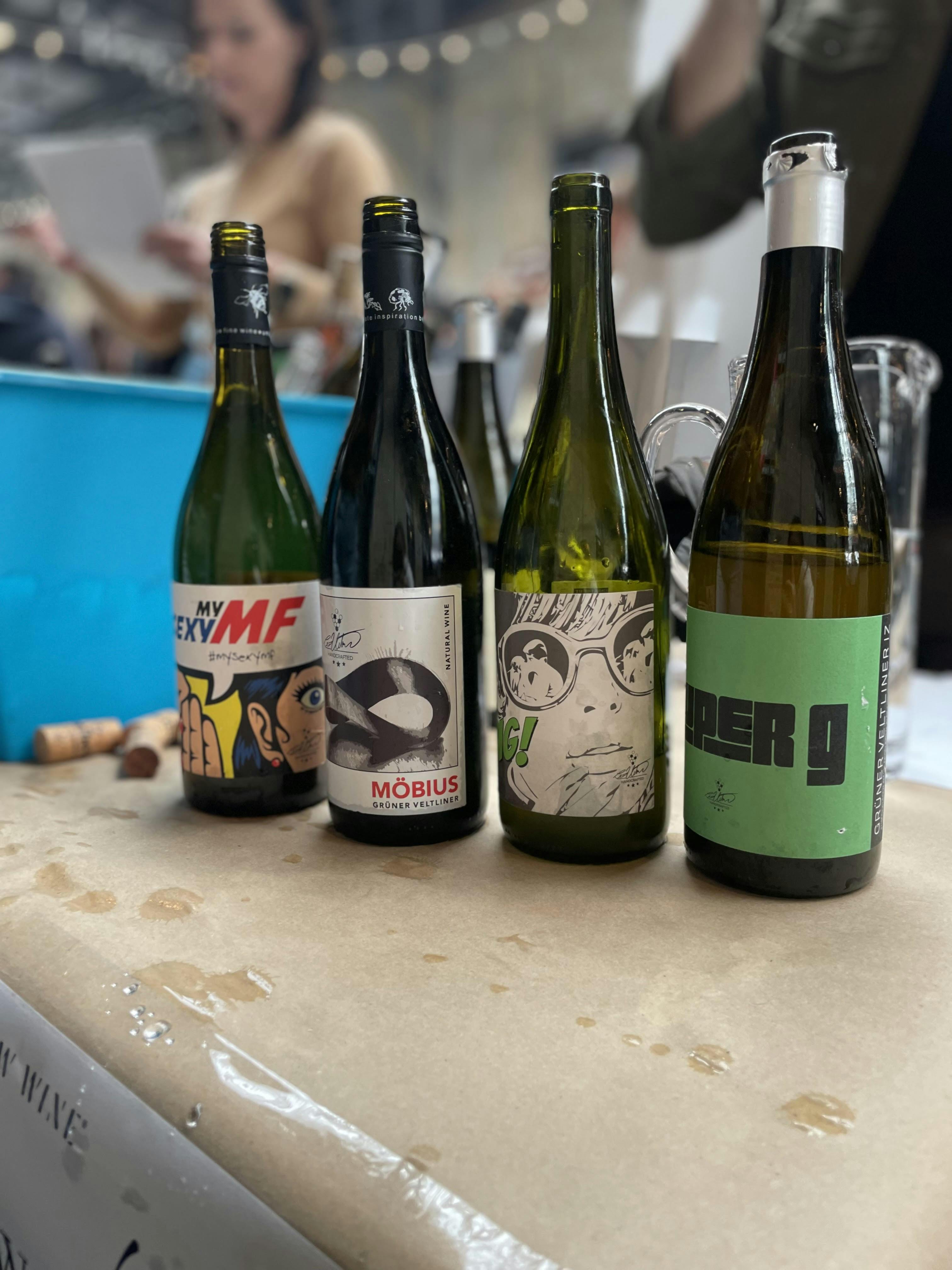
Austrian wines aren't very well represented in Canada, but they should be. Gruner Veltliner is Austria's most significant wine and is characterized mostly by its lightness and acidity with notes of stone fruit. Gruner is grown heavily in the Weinviertel region which sits just north of Vienna. Trying some of Weinhof Uibel's wines was an eye opening experience. The winery is barely 15 years old, but they've built their philosophy on character and honesty. "Sexy MF," "OMG" and "MOBIUS" would all pair excellently with oily pastas or fish.
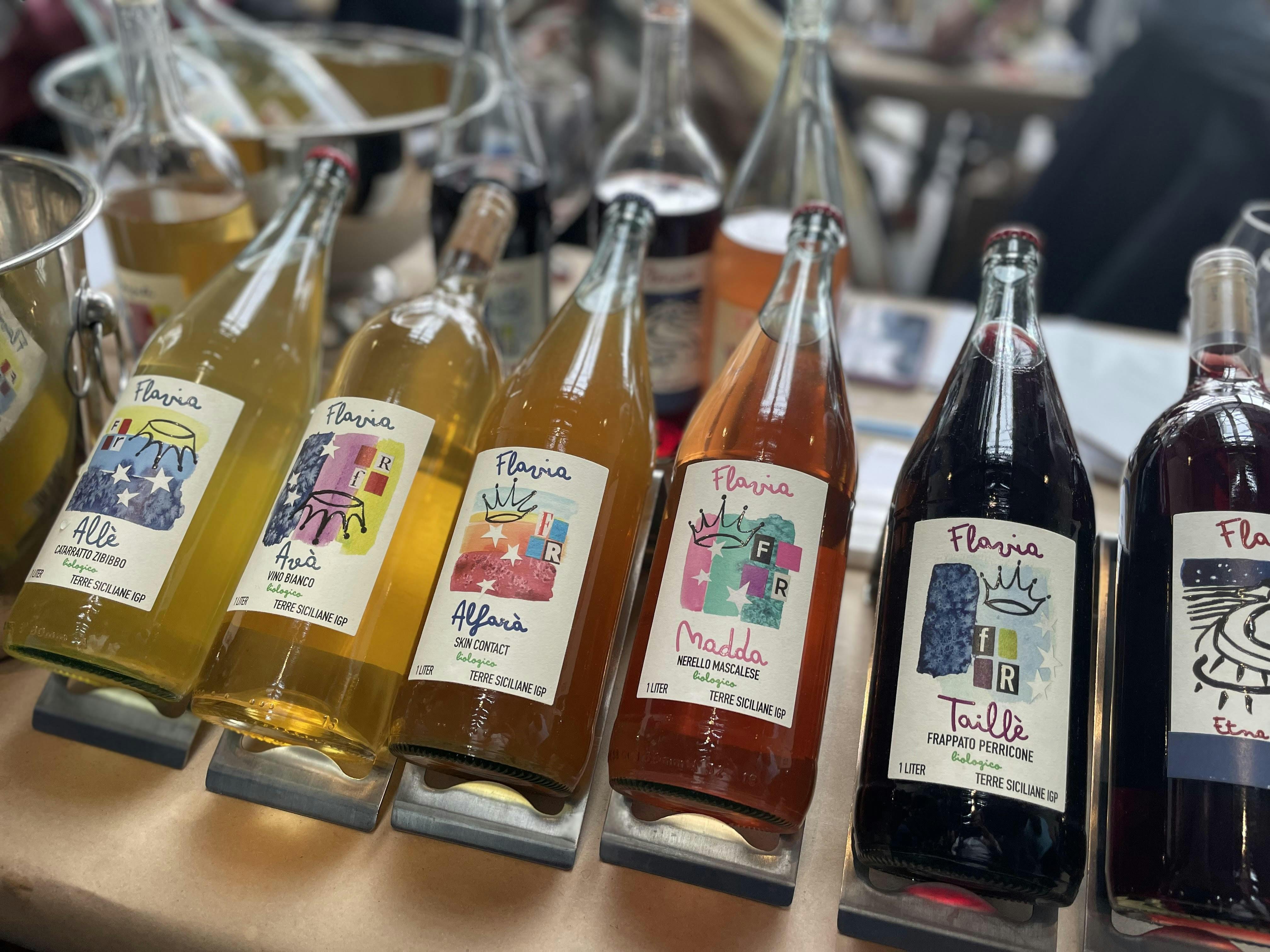
Juggernaut wine country in Italy was well represented at Raw Wine with nearly 30 producers in attendance. Several from Sicily caught my eye and Flavia Rebellious Wines stole my heart. This sibling run winery has vineyards on two opposite sides of Sicily, giving them plenty of space to experiment and perfect. Samples ranged from fresh whites -- to funky skin contact -- to bold reds. The volcanic soil from Mt. Edna gives these wines a distinct minerality and the finish on the palate is smooth which keeps the drinker reaching for their glass.
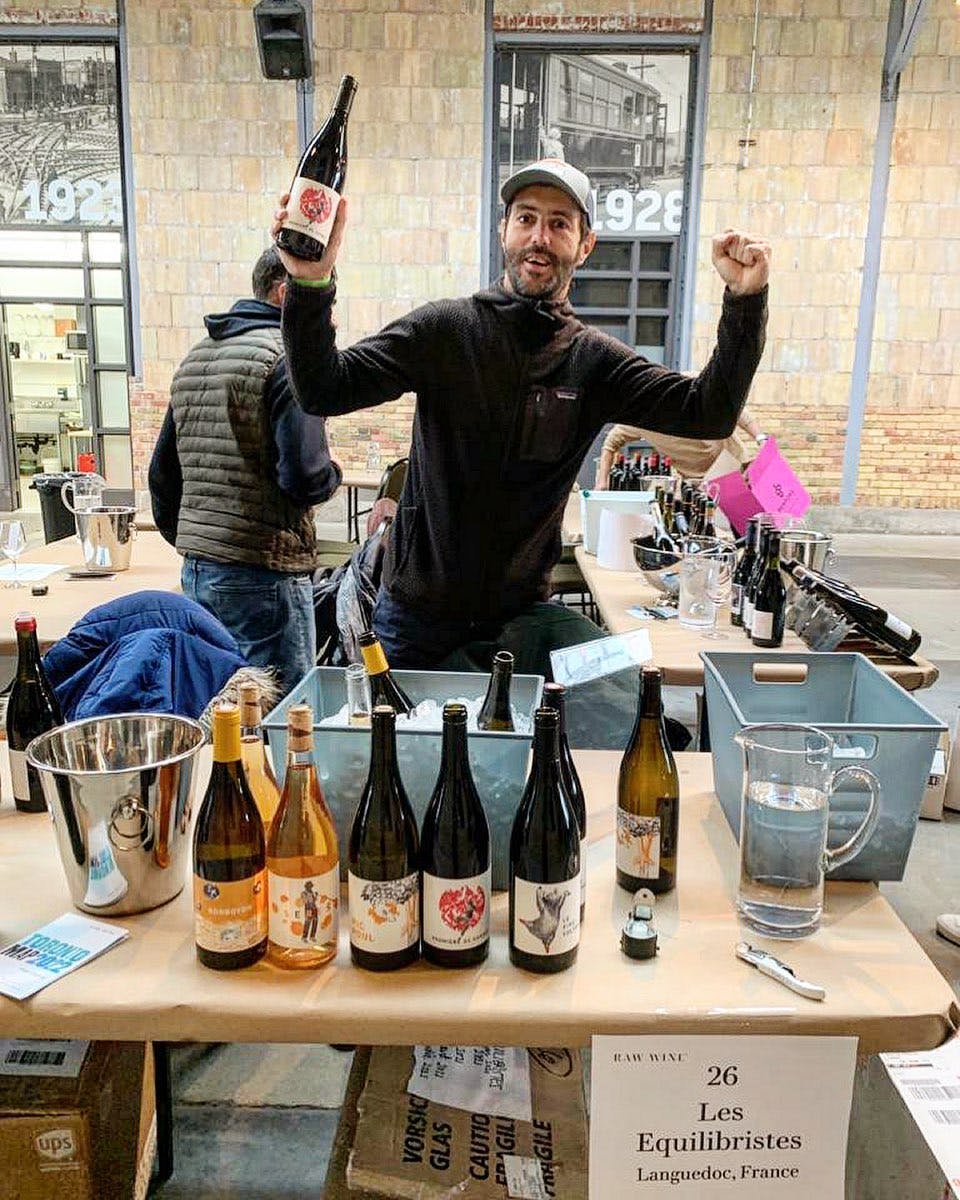
French wines are often the go-to choice for many imbibers with names like Champagne, Burgundy and Bordeaux taking up a lot of space on shelves. The Languedoc region is experiencing a kind of renaissance, with the highest percentage of organic vineyards in France. The Grenache grown here is elegant with notes of cherry and plum in youth. Languedoc also grows robust Syrah, which is low-acid, deeply coloured and fruity. The majority of Languedoc’s wines are red blends, which makes them extremely approachable and they can be paired with anything from roasted meats to warm winter salads.
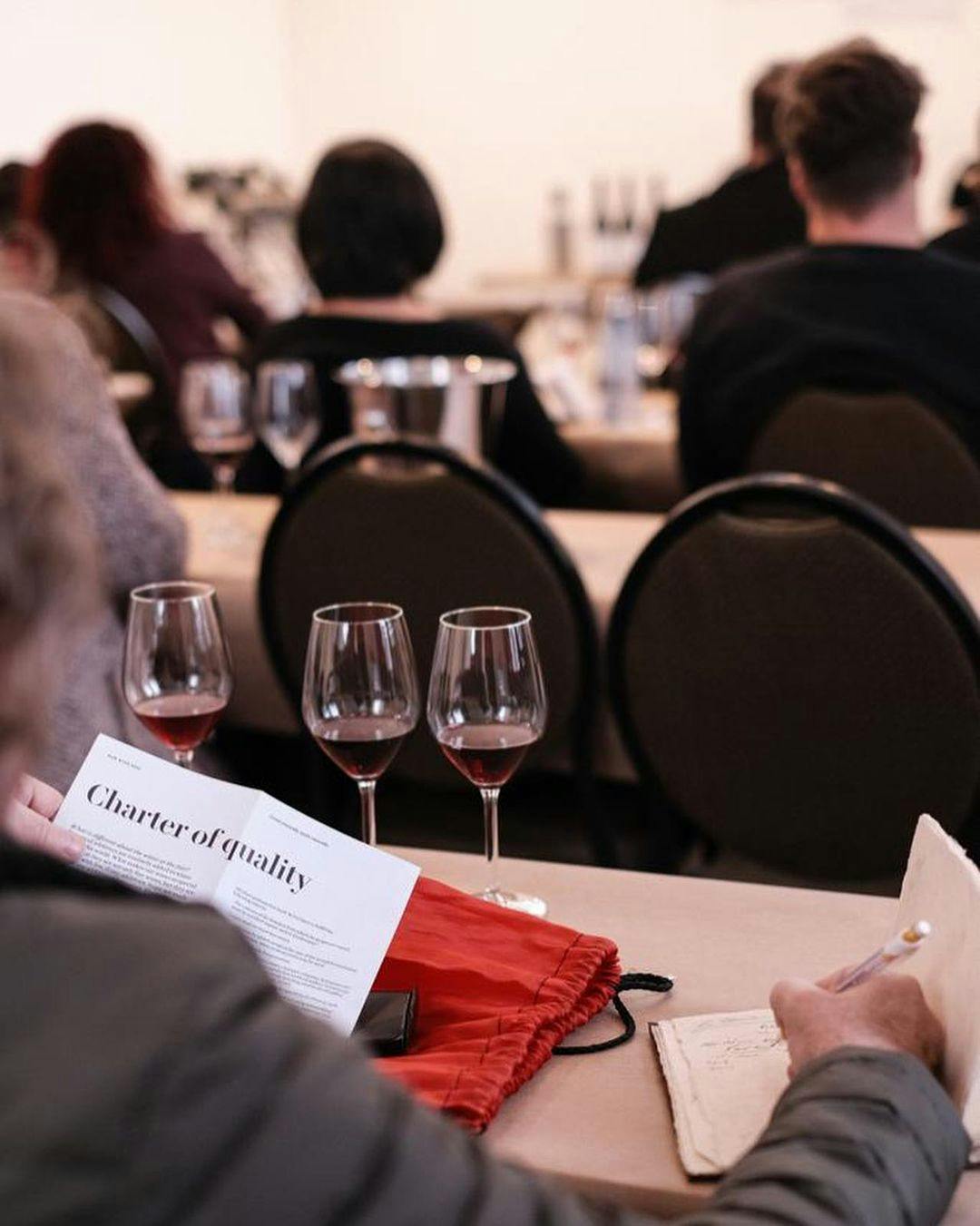
The producers at Raw Wine were passionate and more then willing to share their breadth of knowledge. A few of the wines showcased can already be found at some of the city's best restaurants and there is no doubt many others will find their way onto menus soon.










